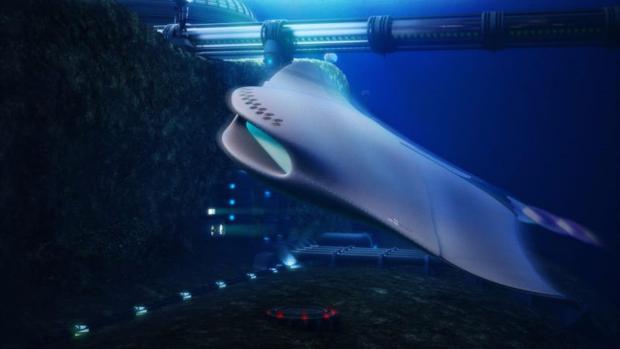
Breaking News
 Nancy Pelosi has officially announced her RETIREMENT at the end of her term, January 3, 2027.
Nancy Pelosi has officially announced her RETIREMENT at the end of her term, January 3, 2027.
 Omeed Malik: The Technocrat Muslim Billionaire Inside MAGA
Omeed Malik: The Technocrat Muslim Billionaire Inside MAGA
 Democrat-led government shutdown is now causing flight delays, threatening air traffic control,...
Democrat-led government shutdown is now causing flight delays, threatening air traffic control,...
Top Tech News
 HUGE 32kWh LiFePO4 DIY Battery w/ 628Ah Cells! 90 Minute Build
HUGE 32kWh LiFePO4 DIY Battery w/ 628Ah Cells! 90 Minute Build
 What Has Bitcoin Become 17 Years After Satoshi Nakamoto Published The Whitepaper?
What Has Bitcoin Become 17 Years After Satoshi Nakamoto Published The Whitepaper?
 Japan just injected artificial blood into a human. No blood type needed. No refrigeration.
Japan just injected artificial blood into a human. No blood type needed. No refrigeration.
 The 6 Best LLM Tools To Run Models Locally
The 6 Best LLM Tools To Run Models Locally
 Testing My First Sodium-Ion Solar Battery
Testing My First Sodium-Ion Solar Battery
 A man once paralyzed from the waist down now stands on his own, not with machines or wires,...
A man once paralyzed from the waist down now stands on his own, not with machines or wires,...
 Review: Thumb-sized thermal camera turns your phone into a smart tool
Review: Thumb-sized thermal camera turns your phone into a smart tool
 Army To Bring Nuclear Microreactors To Its Bases By 2028
Army To Bring Nuclear Microreactors To Its Bases By 2028
 Nissan Says It's On Track For Solid-State Batteries That Double EV Range By 2028
Nissan Says It's On Track For Solid-State Batteries That Double EV Range By 2028
Royal Navy looks to nature for futuristic sub concepts

With designs that mimic sea animals, the manned and unmanned concept undersea vessels are intended to handle a variety of tasks in a future world experiencing intense competition between nations for ocean resources.
Today's submarines may have become much more sophisticated in the past 40 years, but the basic design, construction, and missions of attack and ballistic missile submarines hasn't changed much. However, the 21st century is likely to be very different from the days of the Cold War, with increasing competition over undersea territory and resources as emerging regional powers flex their muscles and aquaculture, mining, and industry move away from the coasts and into the deep oceans.
Since this scenario would bring new military challenges, the Royal Navy tasked UKNEST, a forum founded in 2005 to promote the engineering, science and technology interests of UK Naval Defence, to come up with some blue-sky concepts to explore how new technology can address new threats and protect British assets and freedom of navigation. Taking nature as their inspiration, the graduate and apprentice engineers came up with ideas that melded bleeding-edge technology with simplified complex systems to produce more flexible and cheaper vessels.

 The Technocratic Dark State
The Technocratic Dark State Carbon based computers that run on iron
Carbon based computers that run on iron

